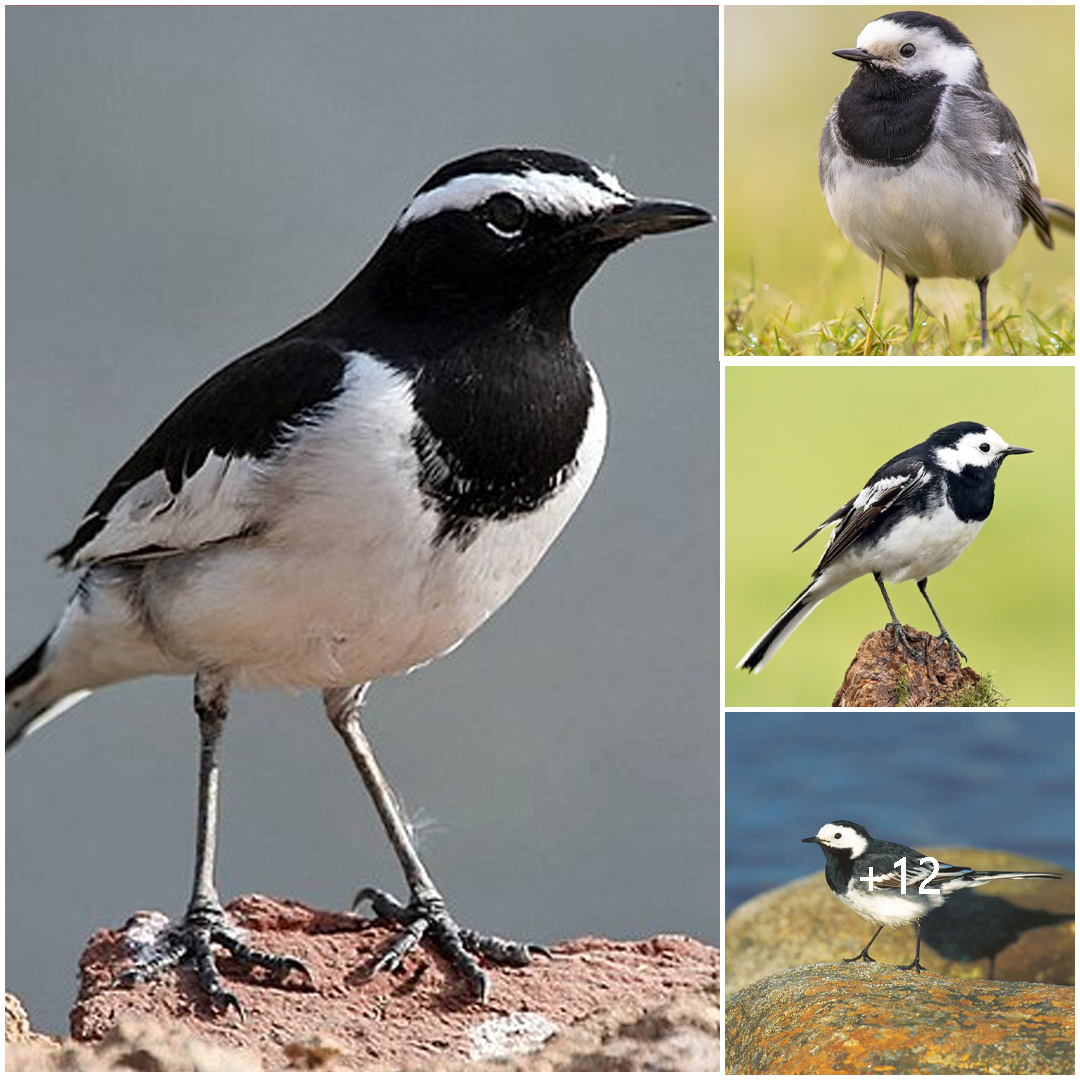
The Charismatic Wagtail: Exploring the Delightful Avian Dancer
Wagtails, with their distinctive bobbing tails and lively demeanor, are a charming and familiar sight to birdwatchers around the world. These small, agile birds belong to the family Motacillidae and are known for their energetic movements and melodious calls. In this article, we take a closer look at the fascinating world of wagtails, uncovering their behavior, habitat preferences, and ecological importance.
Wagtails are characterized by their long, slender bodies, short legs, and distinctive tails that they constantly bob up and down while foraging for food or perched on a branch. Their plumage varies between species but often features shades of gray, black, white, and yellow, providing excellent camouflage in their natural habitats.
One of the most endearing aspects of wagtails is their animated behavior, which includes vigorous tail-wagging, head-bobbing, and darting movements as they hunt for insects or perform courtship displays. Wagtails are highly active birds, constantly on the move as they search for food and interact with other members of their species.
Wagtails are primarily insectivorous, feeding on a variety of small invertebrates such as flies, beetles, and spiders. They are often found near water bodies, including rivers, streams, and wetlands, where they forage for aquatic insects and other prey along the shoreline.
In addition to their charming appearance and lively behavior, wagtails play an important ecological role as indicators of environmental health. Their presence in an area indicates the presence of clean water and abundant insect life, making them valuable indicators of ecosystem quality and biodiversity.
Despite their widespread distribution and adaptability, wagtails face threats from habitat loss, pollution, and climate change. Conservation efforts are underway to protect wagtail populations and their habitats, including the creation of protected areas, habitat restoration projects, and public awareness campaigns.
By understanding and appreciating the unique characteristics and ecological importance of wagtails, we can work towards ensuring their conservation and survival for future generations to enjoy.





